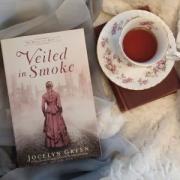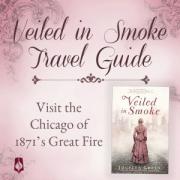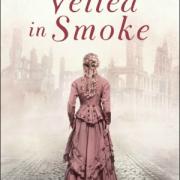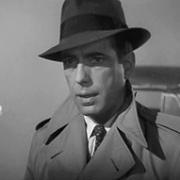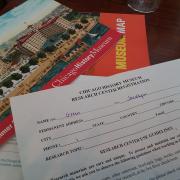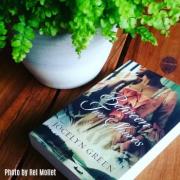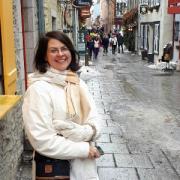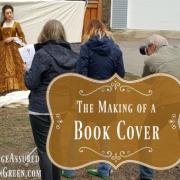Meg and Sylvie's Book Club
In my novel Veiled in Smoke, Meg and Sylvie Townsend manage the family bookshop and care for their father, Stephen, a veteran still suffering in mind and spirit from his time as a POW during the Civil War. But when the Great Fire sweeps through Chicago's business district, they lose much more than just their store. Stephen is accused of a murder that takes place the night of the fire, and committed to the Cook County Insane Asylum. Though homeless and suddenly unemployed, Meg must not only gather the pieces of her shattered life, but prove her father's innocence before the asylum truly drives him mad.
As you might imagine for a novel based on a bookshop-owning family, literary references and themes are sprinkled throughout Veiled in Smoke.
Meg and Sylvie's Book Club: Heroines Recommend their Favorite Classics
As I was researching and writing this novel about book-loving characters, I enjoyed re-reading classics they might have read prior to the novel’s setting in the year 1871. If Veiled in Smoke sisters Meg and Sylvie Townsend could bend your ear with their favorite titles, here is what they’d suggest.
Meg recommends:
Uncle Tom’s Cabin by Harriet Beecher Stowe. Meg says, “This little book had such a powerful impact on the country, including our father, Stephen, who fought in the war and struggled to come all the way home.”
North and South by Elizabeth Gaskell. Meg says, “Mrs. Gaskell writes a strong heroine with plenty of moral resolve. The love story is sweet without being saccharine.”
Sense & Sensibility by Jane Austen. Meg says, “By far my favorite story by Jane Austen. I see myself and my own sister sometimes in the Dashwood sisters!”
Sylvie recommends:
Little Women by Louisa May Alcott. Sylvie says, “This book was one of my mother’s favorites before she died, which makes it all the more precious to me. But it stands on its own as my favorite novel written by an American woman.”
Jane Eyre by Charlotte Bronte. Sylvie says, “Jane Eyre is full of spiritual insights and is totally inspiring on a personal level, regardless of the romance with Rochester.”
Villette by Charlotte Bronte. Sylvie says, “Villette is the novel that shows me how to find happiness and fulfillment as an individual, and in my own work.”
Classic books like these shape my characters in Veiled in Smoke and add layers of depth to their fictional lives. Which classic book has stuck with you?

